
Ultimate Checklist for Choosing the Right Bumper Front to Maximize Vehicle Safety and Performance
When it comes to enhancing vehicle safety and performance, the choice of a quality bumper front plays a crucial role. According to the National Highway Traffic Safety Administration (NHTSA), approximately 50% of all vehicle accidents result in front-end collisions, underscoring the importance of robust front bumper designs. A high-performing bumper front not only helps in minimizing damage to the vehicle during accidents but also contributes to passenger safety by absorbing impact energy. Research indicates that vehicles equipped with advanced bumper technology can reduce injury risk by up to 30%, making it imperative for consumers to consider various factors when selecting the right bumper front. This ultimate checklist will explore the benefits of different types of bumpers, equipping vehicle owners with the knowledge needed to make informed decisions that maximize both safety and performance.

Key Features to Consider When Selecting a Bumper Front for Optimal Safety
When selecting a bumper front, prioritizing safety and performance is paramount. One of the key features to consider is the material of the bumper. In general, bumpers made from high-strength steel provide superior durability and impact resistance, which can absorb energy during a collision better than plastic alternatives. Additionally, look for options with crumple zones designed to mitigate impact forces, protecting both the vehicle and its occupants.
Another important aspect is the design and compatibility with advanced safety systems. Modern vehicles often come equipped with features like adaptive cruise control and automatic emergency braking that rely on sensors mounted in or around the bumper. Ensuring that the bumper front you choose allows for unhindered sensor function will maximize these safety features. It’s also wise to consider the bumper's weight; a well-balanced bumper can enhance vehicle performance by affecting handling dynamics without compromising safety. Consider these elements carefully to ensure your choice not only enhances the aesthetic appeal but also contributes to the overall safety and performance of your vehicle.

Material Comparisons: Steel vs. Aluminum vs. Plastic for Bumper Durability
When it comes to selecting the right bumper front for your vehicle, understanding the material options is crucial. The three most common materials used in bumper construction are steel, aluminum, and plastic, each offering unique advantages and disadvantages in terms of durability and performance.
Steel bumpers are known for their exceptional strength and resilience, providing robust protection against impacts. They can withstand significant forces and are ideal for off-road enthusiasts or anyone looking to enhance their vehicle's safety in more rugged environments. However, their weight can affect fuel efficiency and handling, making them less suitable for everyday use.
On the other hand, aluminum bumpers present a lightweight alternative that doesn't compromise safety. They offer a good balance between strength and weight, making them easier on fuel consumption while still providing substantial protection.
Plastic bumpers, while the lightest option, are generally more susceptible to damage and may not provide the same level of durability as steel or aluminum. Nevertheless, they can be a cost-effective solution for urban driving conditions where minor impacts are more common.
When choosing a bumper, consider your driving needs and environment to select the most appropriate material for your vehicle.
Impact Resistance Ratings: How Different Bumpers Stand Up to Collision Tests
When it comes to enhancing your vehicle's safety and performance, selecting the right front bumper is crucial. Impact resistance ratings play a significant role in this decision. Bumpers are designed to absorb and dissipate energy during a collision, which can greatly reduce the risk of injury to passengers and minimize damage to the vehicle. It's essential to research how different bumpers perform in various collision tests, as this can provide valuable insights into their durability and effectiveness.

Tips for assessing impact resistance ratings include examining third-party crash test results and manufacturer specifications. Look for bumpers that have undergone rigorous testing, focusing on those with high ratings for front-end impacts. Additionally, consider materials used in bumper construction; those made from reinforced plastic or metals like aluminum tend to offer better impact resistance.
Another tip is to pay attention to the bumper design itself. A well-engineered front bumper that integrates crumple zones can enhance safety by managing crash forces more efficiently. Investing time in understanding these factors can significantly benefit your vehicle's performance in case of an accident, ensuring you make an informed decision when choosing a bumper that meets your safety needs.
Weight and Aerodynamics: Effects on Vehicle Performance and Fuel Efficiency
When selecting a bumper front for your vehicle, understanding the impact of weight and aerodynamics is crucial for optimizing performance and fuel efficiency. A well-designed bumper not only enhances safety but also contributes to the vehicle's overall aerodynamic profile. Decreasing weight can reduce the strain on the engine, leading to better fuel economy. Therefore, opting for materials like fiberglass or reinforced plastics can be beneficial as they are lighter and can improve vehicle dynamics.
Tips for selecting the right bumper include prioritizing lightweight designs that do not compromise structural integrity. Look for bumpers designed with aerodynamic shapes to facilitate smoother airflow, reducing drag and enhancing fuel efficiency. Additionally, consider adjustable features that can modify the bumper's stance or angle, allowing you to fine-tune the vehicle's aerodynamics based on driving conditions.
Remember, the essence of an effective bumper goes beyond aesthetics; it's about harmonizing safety, performance, and efficiency. Always think about how your choice can positively influence not only the look of your vehicle but also its operational capabilities on the road.
Ultimate Checklist for Choosing the Right Bumper Front to Maximize Vehicle Safety and Performance
| Feature | Weight (lbs) | Aerodynamic Drag Coefficient | Safety Rating | Fuel Efficiency Impact (%) |
|---|---|---|---|---|
| Standard Bumper | 50 | 0.40 | 4 stars | - |
| Lightweight Composite Bumper | 35 | 0.38 | 5 stars | +5% |
| Heavy-Duty Steel Bumper | 80 | 0.45 | 3 stars | -3% |
| Aerodynamic Bumper | 45 | 0.35 | 5 stars | +7% |
Cost vs. Benefits: Evaluating Price Points for Bumper Fronts in Relation to Safety Features
When considering a new bumper front for your vehicle, understanding the cost versus benefits of various options is crucial. Price points can vary dramatically based on the materials used, design features, and safety functionalities incorporated into the bumper. While a lower-cost bumper may seem appealing, it’s essential to evaluate what you are sacrificing in terms of safety. Higher-priced bumpers often come equipped with advanced safety features, such as crumple zones, reinforced materials, and better crash test ratings, which can significantly enhance your vehicle’s protection during an accident.
Additionally, investing in a quality bumper front can lead to long-term savings. Cheaper alternatives may save you money upfront but could result in higher repair costs after an accident due to inadequate protection. A well-designed bumper not only safeguards your vehicle and occupants but can also improve overall performance. Features like aerodynamic designs can contribute to better fuel efficiency, making the initial investment worthwhile. Ultimately, it's essential to balance the cost of a bumper with the safety benefits it offers, ensuring you make an informed decision that prioritizes both safety and performance.
Related Posts
-
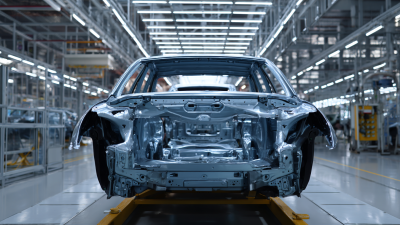
Unleashing the Power of Chinese Manufacturing: The Global Rise of the Best Car Bumper
-
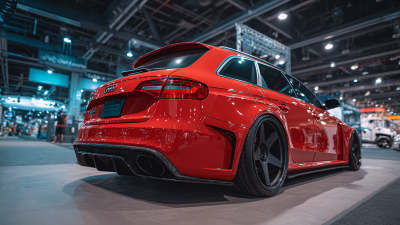
Global Excellence in Manufacturing with Chinese Pride Unveiling the Best Audi Rear Bumper for Buyers Worldwide
-

The Ultimate Guide to Choosing the Perfect Front Bumper for Your Audi
-
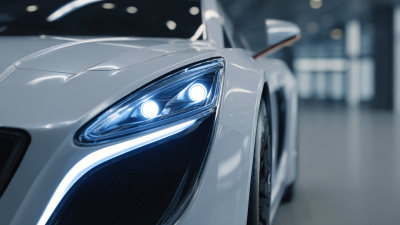
Future Innovations in Car Front Bumper Technology for 2025
-
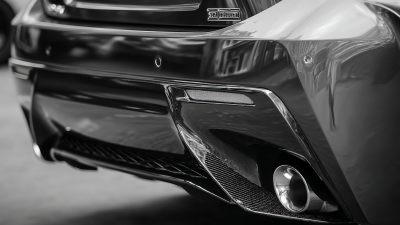
Top Innovations in Car Bumper Design: Examples that Define the Best
-
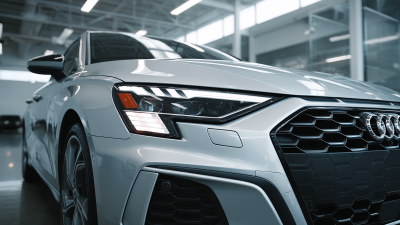
Ultimate Guide to Maximizing Audi Bumper Sales Through Targeted Marketing Strategies



